E-news (Aug 2020)
Enhance Successiveness of Your Sourcing Process

Sino-Pack/PACKINNO provides exhibitors and buyers with innovative online "Business Matching Service",
matching exhibitors with buyers, and helping the industry to continue to communicate efficiently.
It is expected to provide services for 1,600 exhibitors and promote substantial cooperation.
Before the show
- With a better understanding on your needs, please provide your requirement and budget of sourcing products/materials/machinery in the application form.
- According your requirements, our experienced specialists will pre-screen and shortlist suitable suppliers.
- Full contact details and profiles of the recommended companies will be provided for your selection.
During the show
- Face-to-face appointment will be arranged to help you and suppliers to establish business connections.
- In order to enhance the effectiveness and successiveness of the sourcing process, our team will provide 1-on-1 service for you at the spot and lead you to meet the suppliers.
Any Questions?
For enquiry, Please contact edithlam@adsale.com.hk, our VIP Representative will assist you.
|
|
Nano-packaging
saves raw fruits from deterioration
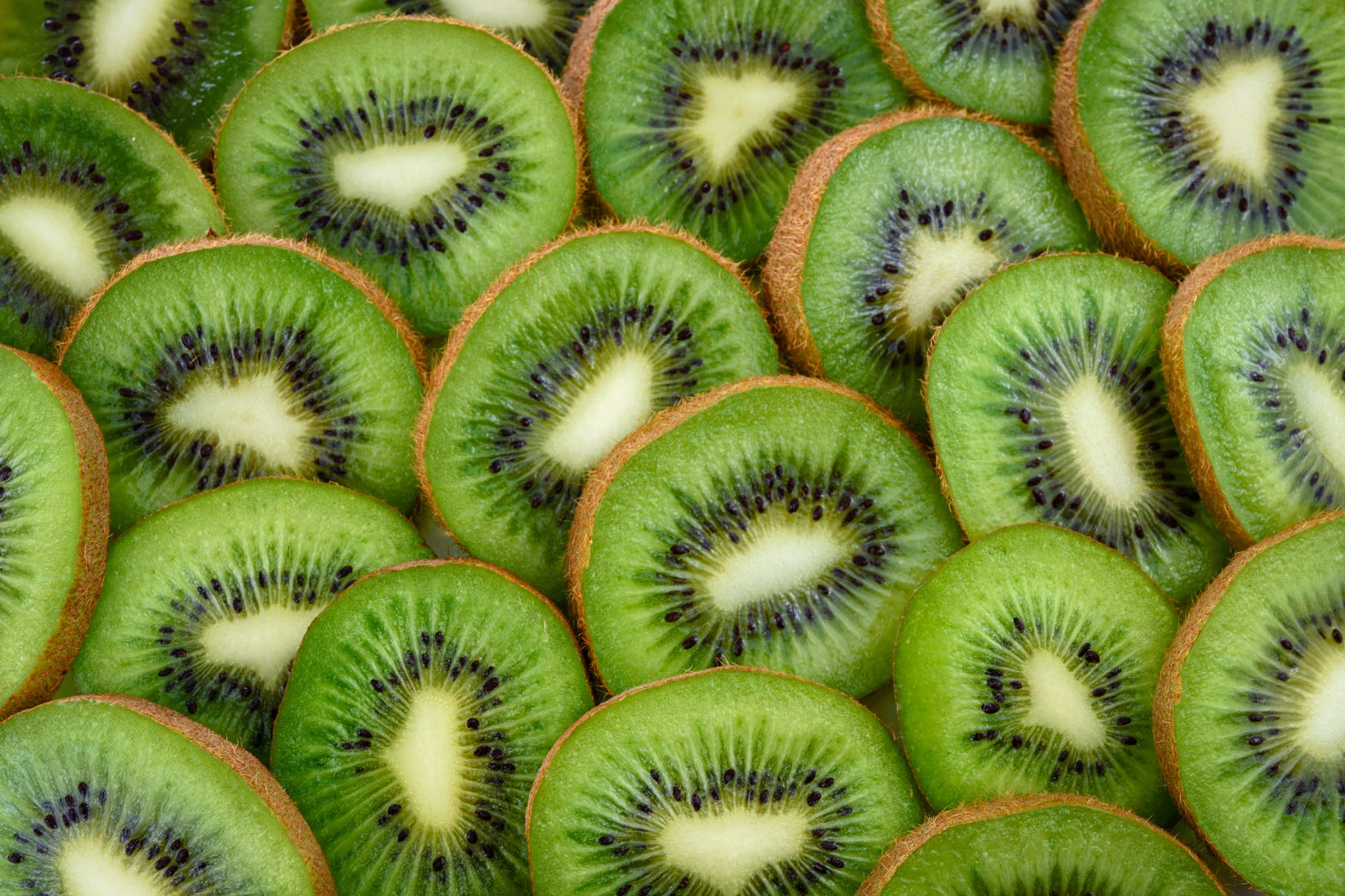
sipbitego.com
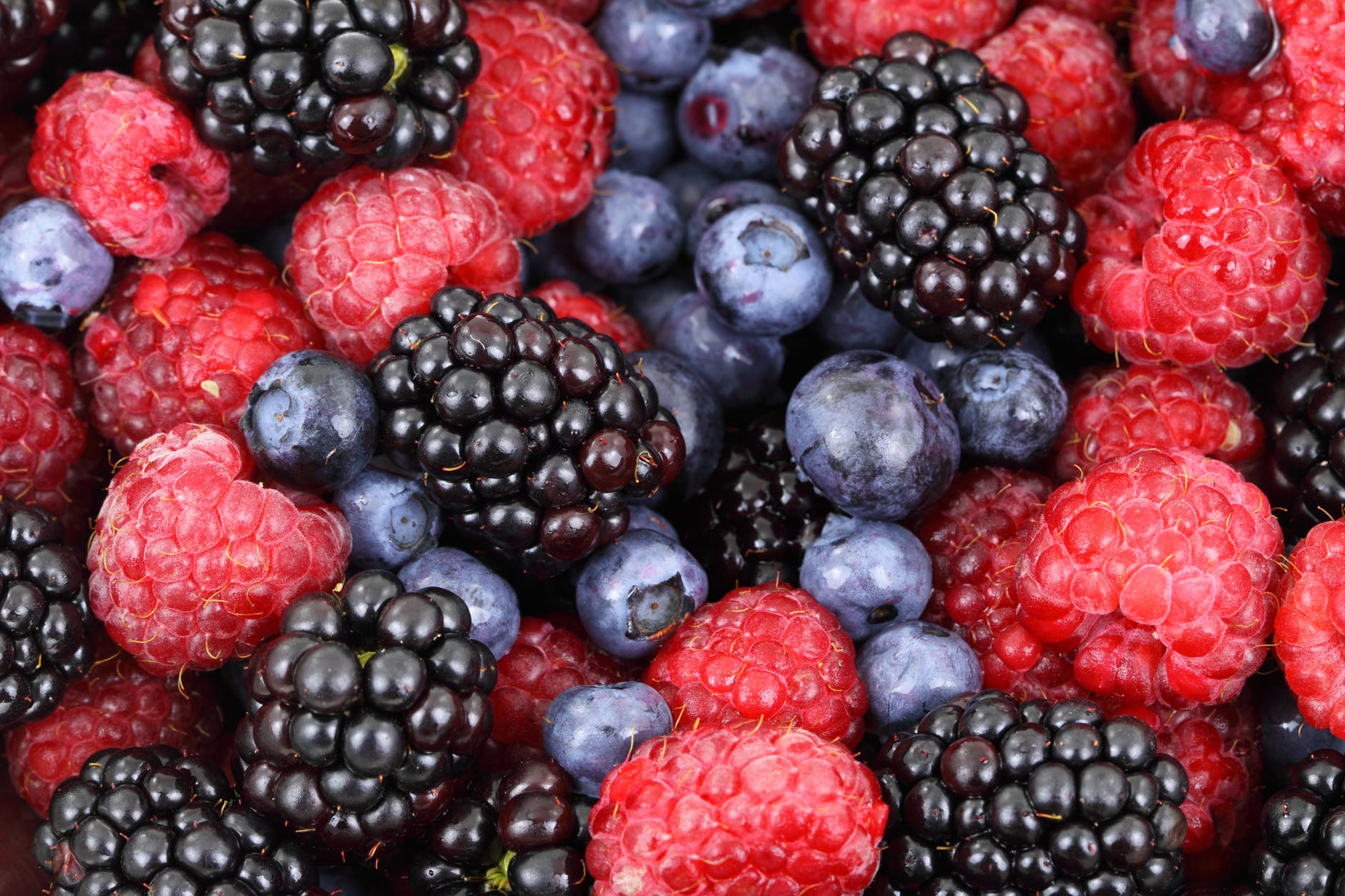
Pixabay
Summer is hot, and fruits and vegetables deteriorate quickly, which troubles consumers, farmers and merchants. Nano-packaging that combines high barrier, light weight, antibacterial, deodorant, antiseptic, and anti-aging functions can finally solve this problem!
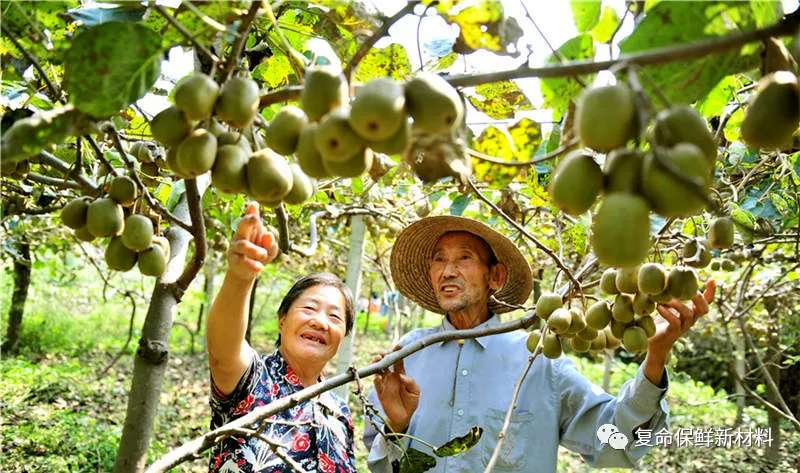
Shanghai Fuming
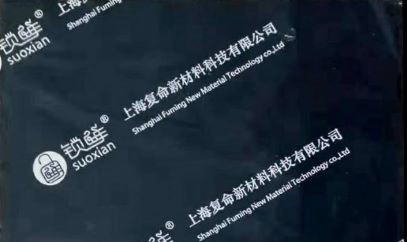

Nano Bags Help Kiwi Keep Fresh for Three Months
Kiwi’s picking period is usually from August to October, about half month fresh-keeping period at normal temperature. The Nano Bag developed by Shanghai Fuming New Material Technology Co., Ltd. can extend the freshness of kiwi for more than 85 days, and the "healthy fruit rate" reaches 91.42%!
The "Fresh Lock" bag is an innovative nano-membrane material that imitates cell membrane and gas regulator. The packaging can selectively pass the gas and adjust the gas composition inside the bag autonomously like a cell membrane. By reducing or inhibiting the respiration of vegetables and fruits, thereby reducing the consumption of nutrients and achieving long-term preservation of vegetables and fruits.
Fuming Technology has also developed anti-fog films. Berry boxes made with anti-fog lock fresh materials can be widely used in various delicate fruit packaging and e-commerce. For example, fruits that are intolerant to storage and preservation, such as strawberries and cherries, can be easily kept fresh for 15-30 days.
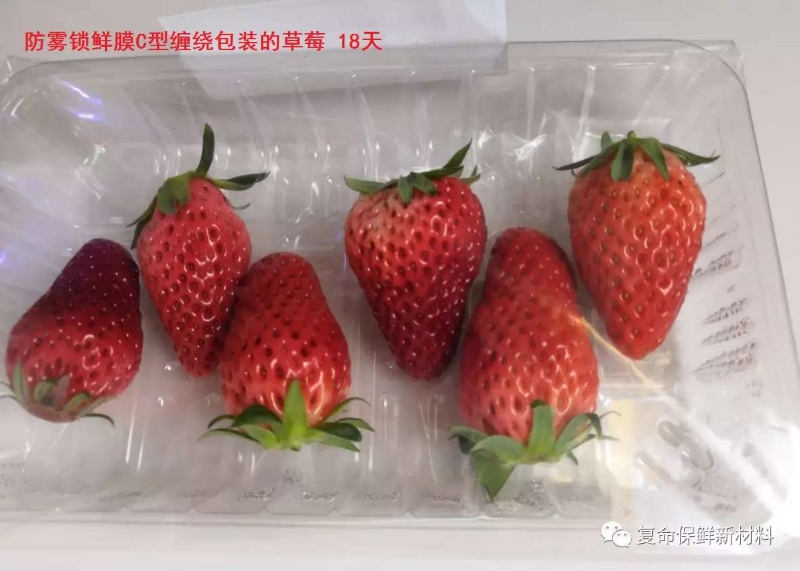
Shanghai Fuming

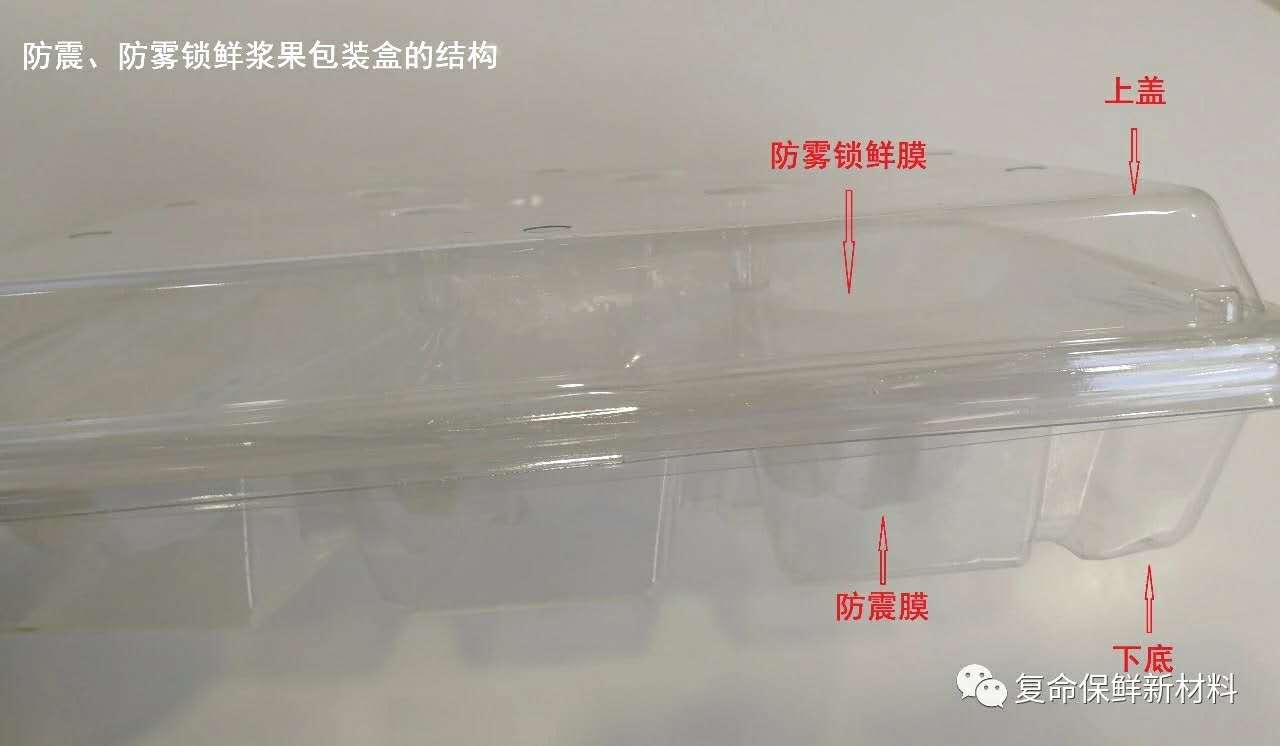
|
|
Nanotubes Help Extend the Shelf Life of Cherries and
Cheese for 50%
NanoPack is an EU-funded project that will develop state-of-the-art antimicrobial packaging solutions for perishable foods based on natural nanomaterials that will prevent food-borne illness outbreaks. The project developed an anti-oxidized and antibacterial film, which can extend the freshness of food. It will be soon for the food packaging market. The transparent film combines natural nanomaterials and essential oils. Mineral nanotubes are dispersed into the plastic packaging film to slowly release natural antibacterial essential oil from the film to the top of the food, which in turn slows down oxidation, moisture changes and inhibits microbial growth. The results of the efficacy tests revealed that the antimicrobial packaging inhibited mold growth in bread by at least three weeks, increased saleability of fresh cherries by 40 percent and doubled the shelf-life of yellow cheese. The technology can be applied not only to food packaging, but also to a wide variety of cosmetic packaging.
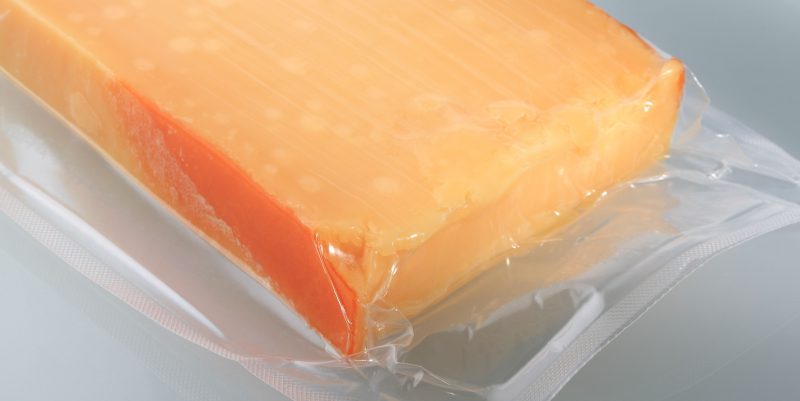
nanopack.eu
|
|
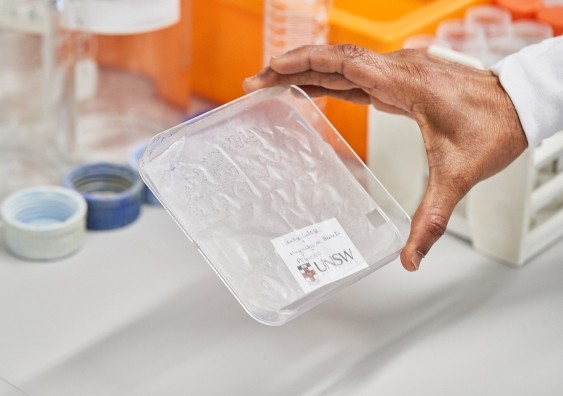
UNSW
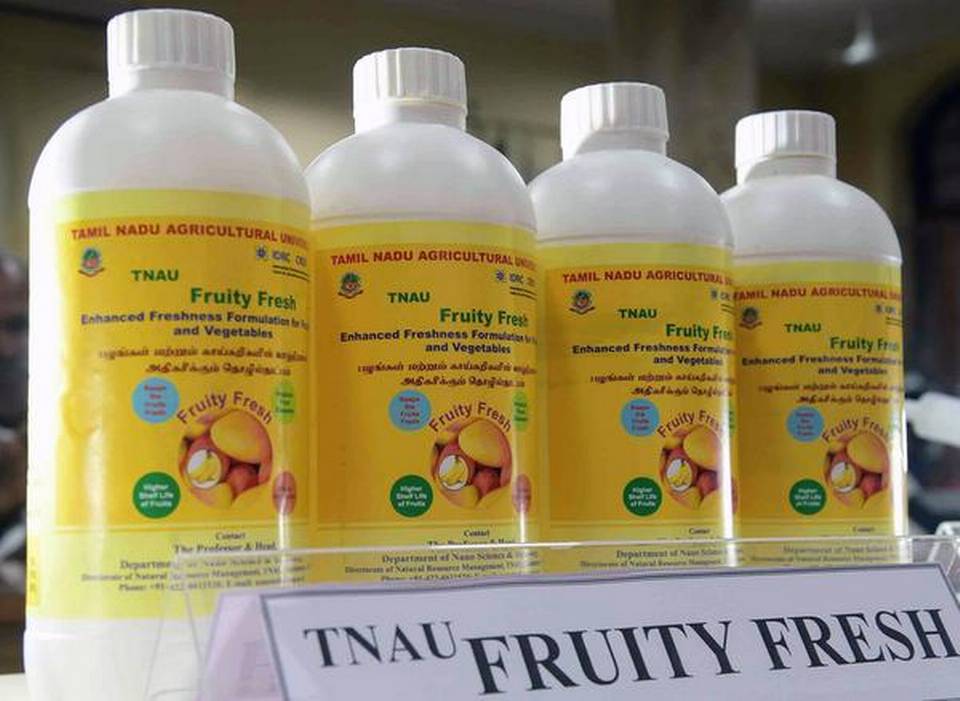
TNAU
Nano Packaging Material by Banana
Researchers at the University of New South Wales (UNSW) Sydney have developed biodegradable and recyclable packaging material, nano-cellulose, from banana plantation waste. It is a material of high value with a whole range of applications, like food packaging, shopping bags and tray.
India is the second largest producer of fruits and vegetables in the world, but in 2019, the wastes up to 16% of its agricultural produce; fruits, vegetables squandered the most. There is an urgent need to improve fruit and vegetable fresh-keeping packaging technology.
Two nano formulations are commercialized by the Directorate of Agri business development of Tamil Nadu Agricultural University (TNAU). Fruity fresh is a liquid nano formulation containing hexanal that keeps fruits and vegetables fresh for more days. The pre-harvest spray of Fruity Fresh extends the shelf life of mango for two weeks on trees and another two weeks under storage conditions by employing post-harvest dip methodology. Hexanal has also been successfully encapsulated in polymer matrix either as an electro spun fibre matrix (Nano sticker) or nano-pellets that extends shelf life of fruits by 1-2 weeks during storage and transportation.
|
|
Nanotechnology: A New Approach in Packaging
Nanotechnology in food packaging mainly refers to adding nanoparticles to plastics and composites. The most common nanocomposite as nanoclay, it would play a high barrier function and extend the shelf life. It reduces the thickness of packaging and plastic uses and costs, and more convenient for logistic. Plastic nano polymers with zinc and silver oxide have good antibacterial effects.
In addition, nanosensors can detect with environmental changes such as temperature and time to monitor the quality of food. Nanotechnology can also apply for anti-counterfeiting. A technology company, Xianhong, develops nano anti-wiping ink, which can be used on plastic and metal, even if it uses chemical solvents, it cannot wipe out the packaged product information, and solves counterfeiting technical problems of food, drugs, and fast-moving consumer goods. Mengniu also adopted this technology.
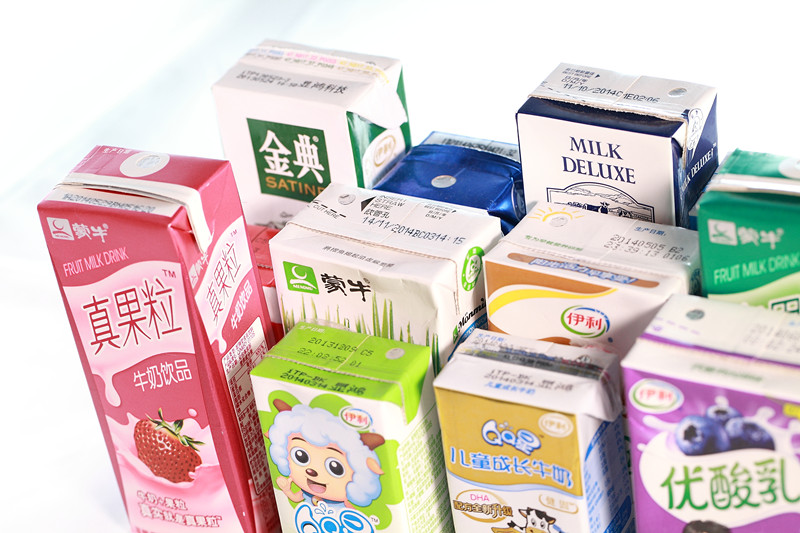
Mengniu
According to CORE REPORTS, the global market value of nanotechnology in food is expected to be 15 billion USD in 2020. The continued growth in consumer demand for meat, beverages, fruits and vegetables, and prepared foods is the main driving force behind the development of the nano packaging market.
|
|
4-in-1 Exhibition
Covers Packaging, Packaging Products,
Printing and Labeling
Technology affects the development of the packaging industry. Sino-Pack/ PACKINNO2021 brings you the latest packaging materials and technologies to help companies stay close to the packaging boom.
Sino-Pack/PACKINNO2021 will be held in Guangzhou•China Import and Export Fair Complex (Area A) on March 4-6, 2021. Six theme zones are also featured this year, they are:

|
|
Supporting Media:
|
|
Visitor & Media Enquiry:
Ms. Tobey Tse/ Ms. Christina Chow
Phone: (852) 2516 3363/3523
Email: printpack.hkpr@adsale.com.hk
雅式展覽服務有限公司編製,版權所有,未經許可不得轉載。






